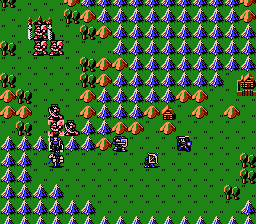
The first Fire Emblem game, Shadow Dragon and the Blade of Light, was released in Japan in April 1990. It was one of the first strategy RPG games released and developed for the Famicom (NES in Japan). The core members of its production include series director and creator Shozo Kaga, Yuka Tsujiyoko who composed most of the series’ music, and producer Gunpei Yokoi. Marth, the prince of a fallen kingdom, was the hero of the game and also starred in Super Smash Bros. Melee.
Following the success of the original, Fire Emblem Gaiden was released, also for the Famicom. The “Gaiden” part of the title refers to the game being an original side story. The story and setting are different from the original, and most of the cast is also different. While the basic gameplay is similar to the original, many elements have been changed, leading some fans to call Gaiden the “black sheep” of the series. Additions such as movement within the world map and cities, and the ability to replay certain battle maps created a different gaming experience.
The next and third game in the
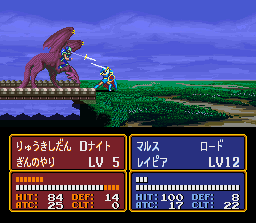
series, Mystery of the Emblem, was a direct sequel to the original. It was released for the Super Nintendo Entertainment System (SNES in Japan) and featured improved graphics and playability over the first two games. The game is actually two games in one, with a remake of the original included as “Book 1” and the actual new game being “Book 2”. Many characters from the original returned, including Marth, who once again took on the role of hero. The story was made into an OAV, but only two episodes were released before it was canceled.
Genealogy of the Holy War was the next game in the series, re-released for the Super Nintendo. It was the last Fire Emblem game with Yokoi Gunpei as producer. It is one of the most popular games in the series, as well as one of the most diverse. The game launched an entirely new storyline that was split into two halves, or “generations.” Players could “breed” characters from the first generation to change the traits of their child characters in the second generation. The battles were also on a larger scale compared to other games. Not to be confused with the full game.
Akaneia Saga consisted of four short games or episodes that could be downloaded for the Broadcast Satellaview add-on for the Super Nintendo. The game used the Mystery of the Emblem engine and a detailed scenario that took place chronologically before the start of Dark Dragon and the Sword of Light. Most of the dialogue was set to music and streamed online. The objective of the game was to collect points, which could be earned by defeating enemies that appeared.
Although the Nintendo 64 had already been released at the time, the next game, Thracia 776, was released on the Super Nintendo. It was initially only available as a download to the official memory cartridge, but was eventually released as a cartridge. The game was the “mid-quel” of Genealogy of the Holy War, and was also the last Fire Emblem with Shozo Kaga as director. Thracia 776 was notorious for its unforgiving difficulty and gameplay. However, it was also one of the most complex and complete games in the series.
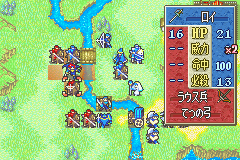
Kaga’s departure marked the beginning of a new era for Fire Emblem, which began with the release of Sword of Seals for the Game Boy Advance. The game aimed to return Fire Emblem to its roots, and gameplay was significantly simplified compared to Thracia 776. In fact, the gameplay and plot were reminiscent of Mystery of the Emblem. An improved
“Support” system allowed certain pairs of characters to converse and receive stat bonuses (and additional character development). Roy, the protagonist of the game, appeared in Super Smash Bros. Melee (and prior to the release of this game).
The seventh game, Blazing Sword, was the first game in the series to be released in the West, where it only appeared under the name Fire Emblem. It was a prequel to Sword of Seals
, and featured Roy’s father Eliwood as one of the three heroes. In a change, the player assumed the role of a “strategist” character in the story, and the character often communicated directly with the player/strategist. A detailed tutorial was included to help beginners get familiar with the series. Overall the game was well made and a worthy successor to Sword of Seals.
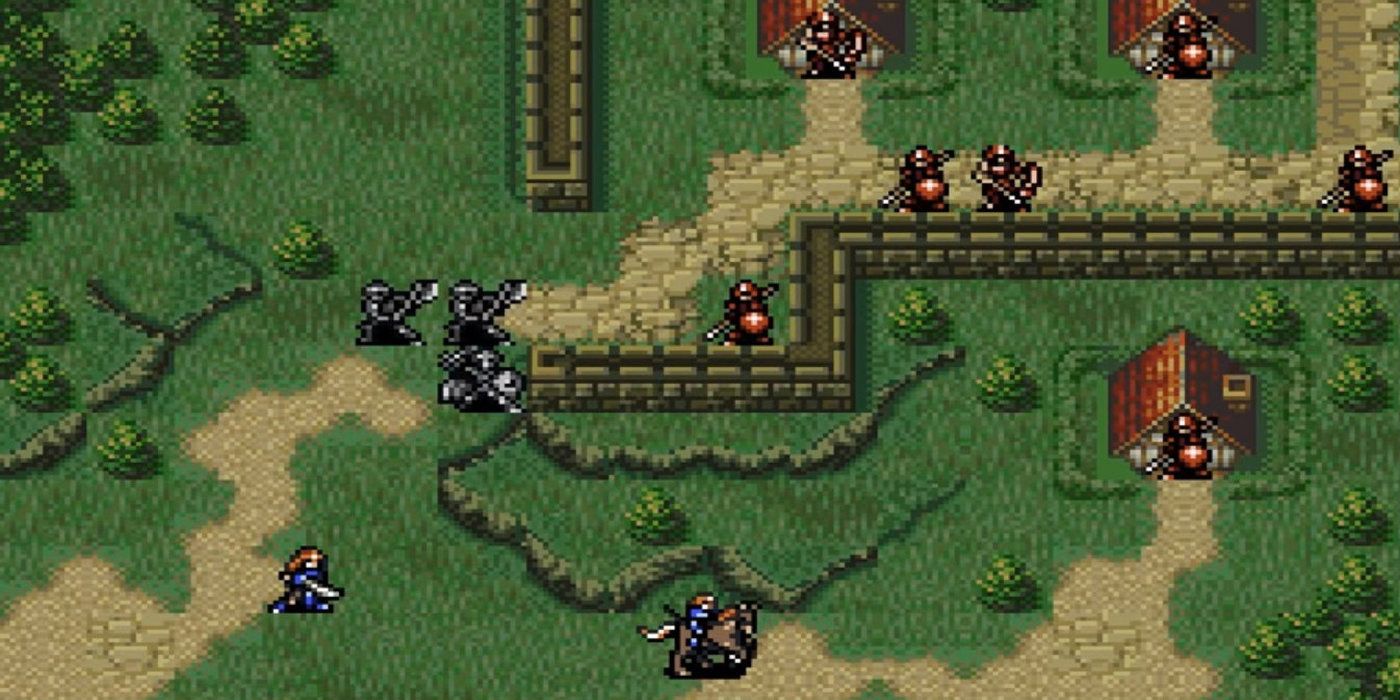
The Sacred Stones was the third game for the Game Boy Advance and the last to use the Sword of Seals engine. It reintroduced many features seen in the last Gaiden, such as: B. Movement on a world map. B. Class change options and out-of-story combat were popular with some fans. However, the game was often criticized for being too simple and short compared to other games in the series. The “Skirmish” maps could be replayed to gain unlimited experience, and most characters were overpowered compared to enemies.
Path of Radiance, released for the GameCube, brought the series back to consoles and 3D. Several concepts from the previous two SNES games were reintroduced, such as character abilities. New features included CGI cinematics and a new race of shapeshifters. Opinion about the game was divided, primarily between “old school” fans who appreciated the similar feel to the SNES games, and newer fans who preferred the 2D look and portability of the handheld. The main character, Ike, also appears in Super Smash Bros. Brawl. Brawl.
The most recent release (as of this article) was Radiant Dawn for the Wii. Although it was released for the Wii, none of the Wii’s special features were used, instead the game played more like a traditional Fire Emblem game. The game was a direct sequel to Path of Radiance, and improved upon Path of Radiance in almost every way, albeit subtly, of course. Path of Radiance data was transferred over, potentially improving the attributes of returning characters (slightly). The game was the longest of any Fire Emblem game to date, spanning four installments and featuring the largest concurrent character roster.
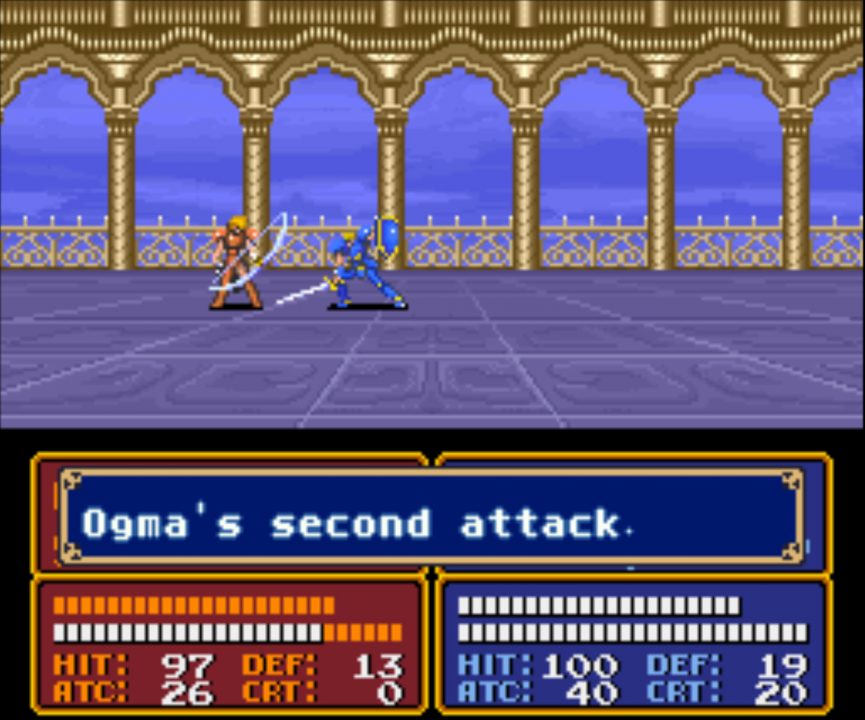

Leave a Reply